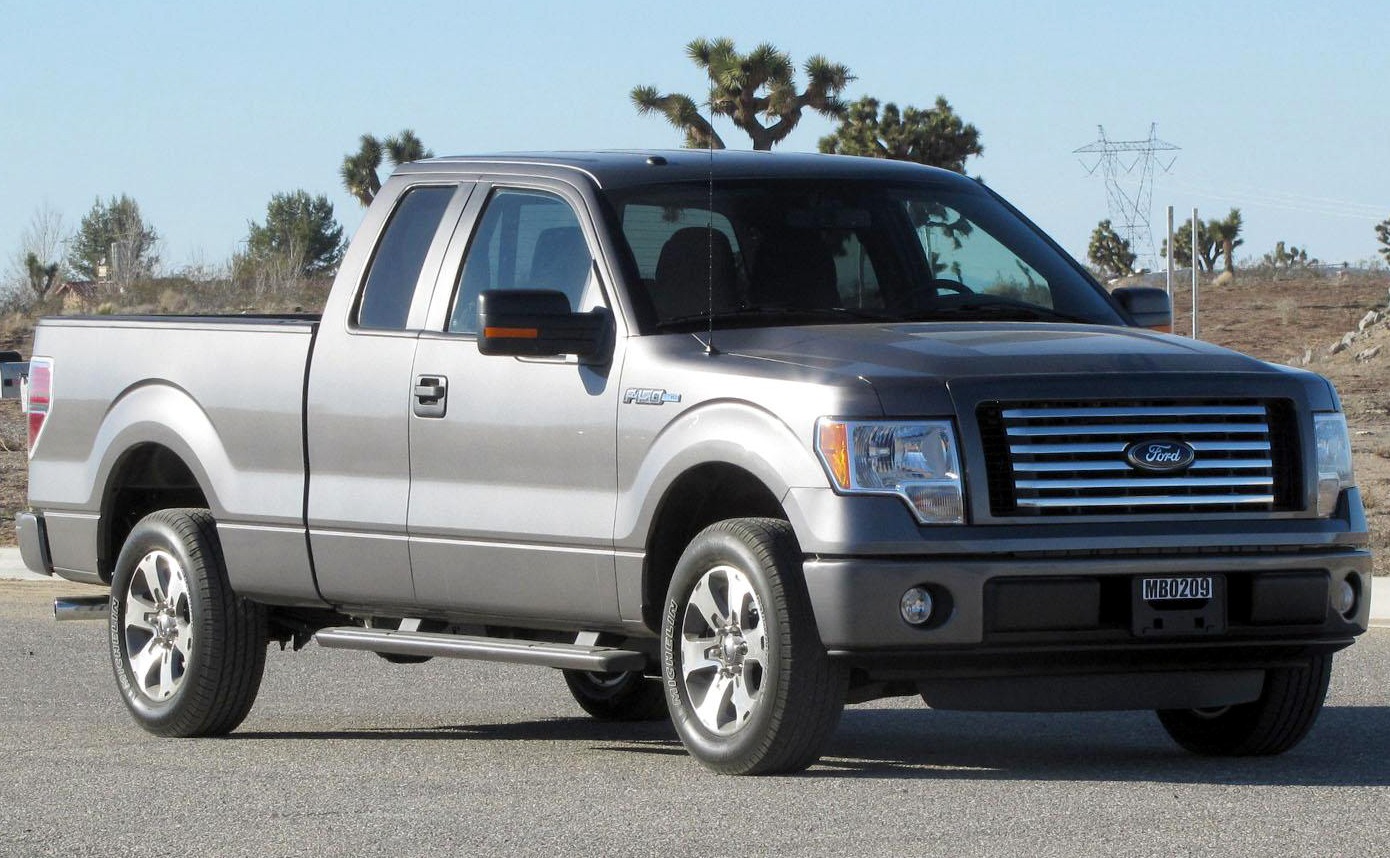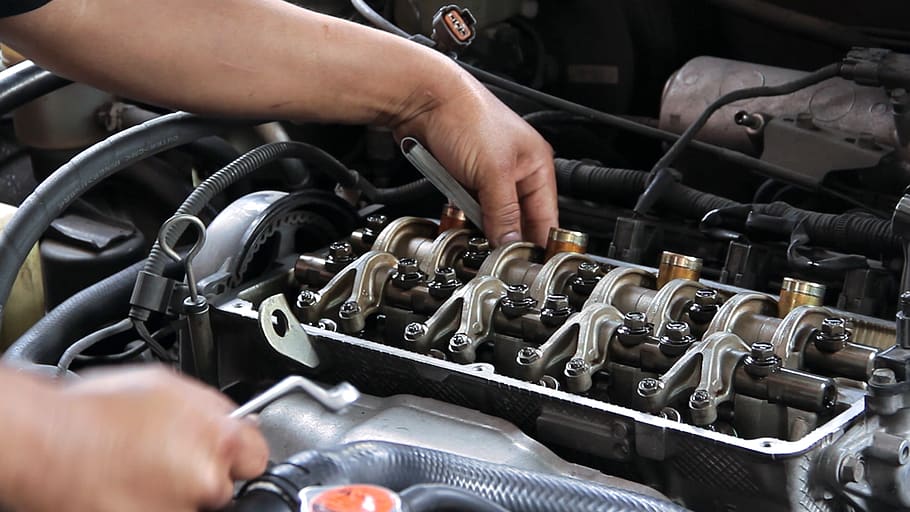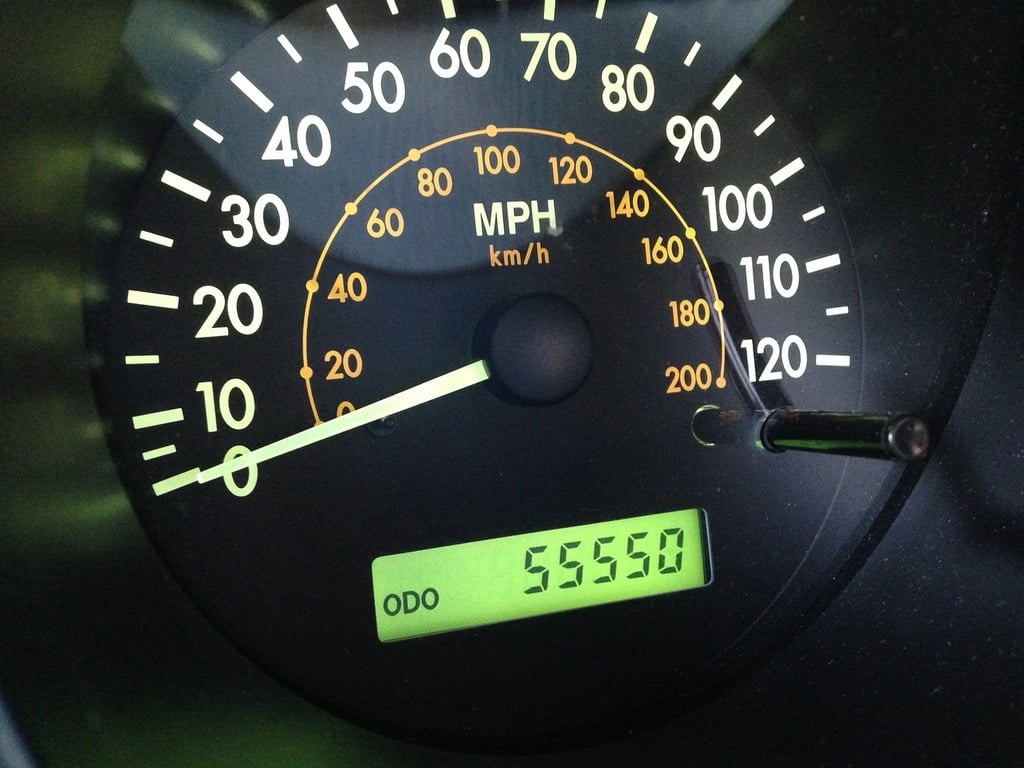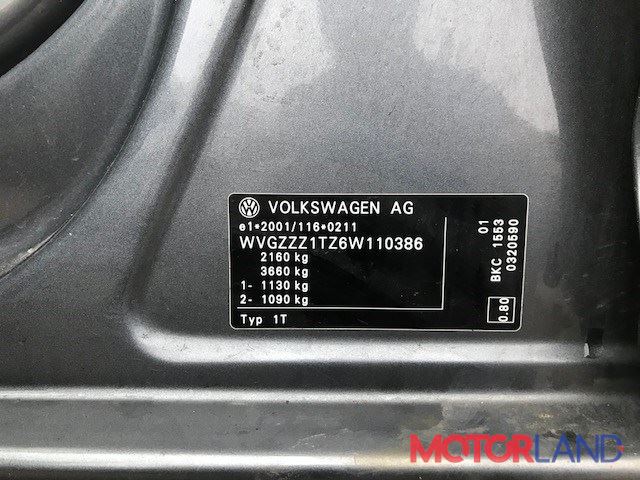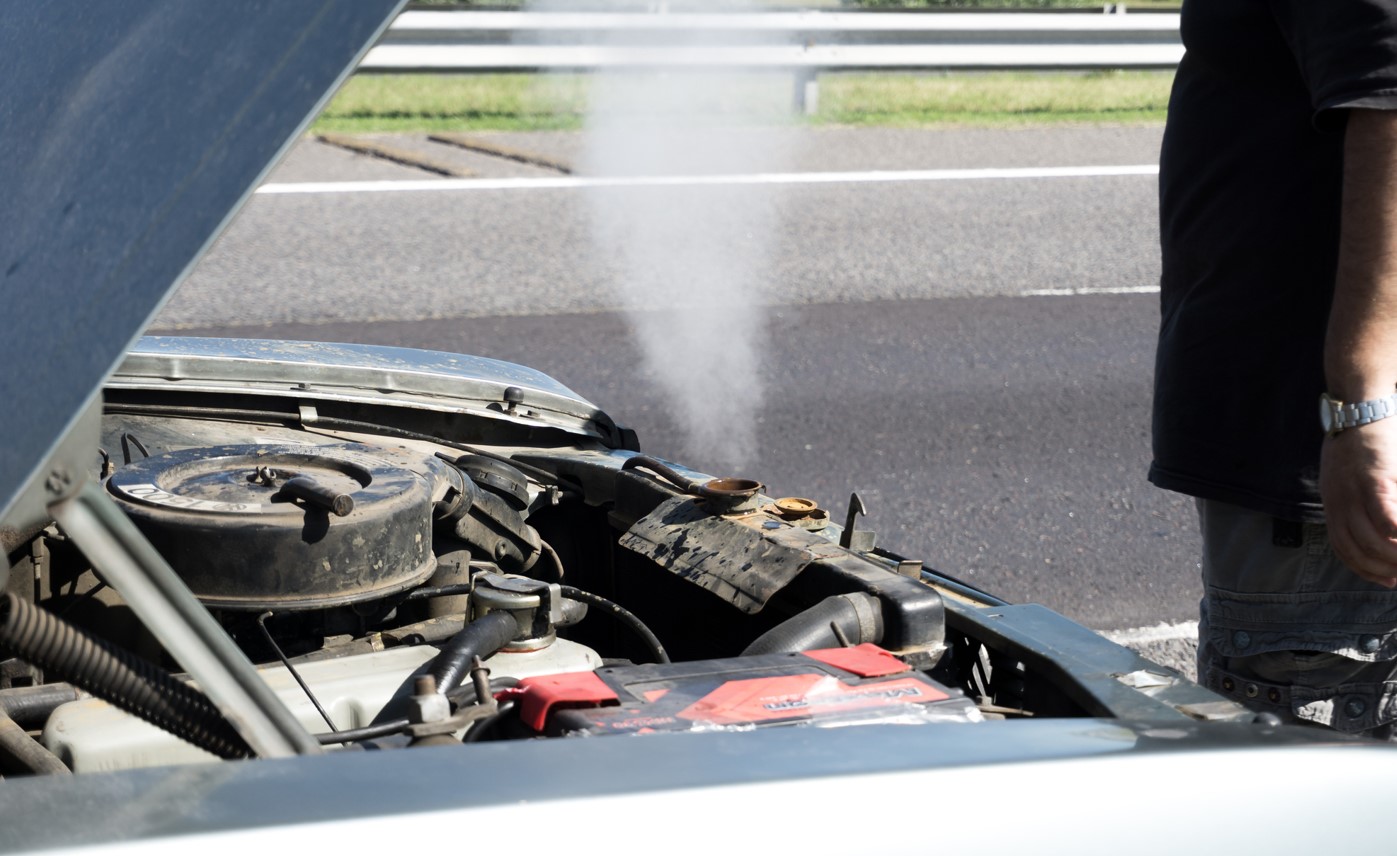Ever stared at that little traction control light on your dashboard, blinking menacingly, and wondered what gremlins are at play? You’re not alone. For every driver, from the seasoned gearhead to the everyday commuter, that light can be a source of confusion and anxiety. Is it a minor glitch, or a sign of impending doom? This article will demystify the traction control system (TCS), explain why that light might be illuminated, and equip you with the knowledge to diagnose and potentially resolve the issue. We’ll tackle common questions like, “Is it safe to drive with the light on?” and “Can I fix this myself?” Buckle up, because we’re diving deep into the world of automotive traction!
Key Takeaways:
- The traction control light indicates a problem with your vehicle’s TCS, which helps prevent wheelspin and maintain control.
- Several factors can trigger the light, ranging from sensor malfunctions to low tire pressure.
- Driving with the light on may be safe in some situations, but it’s crucial to diagnose and address the underlying issue promptly.
- Understanding the basics of TCS can empower you to troubleshoot problems and potentially save on repair costs.
Understanding the Basics of Traction Control
The Traction Control System (TCS) is a vital safety feature in modern vehicles. Think of it as an electronic guardian angel, constantly monitoring your wheels’ speed. Its primary function is to prevent wheelspin, especially during acceleration on slippery surfaces. When the system detects that one or more wheels are spinning faster than the others, it intervenes by either reducing engine power, applying brakes to the spinning wheel(s), or both. This helps maintain traction and stability, preventing you from losing control.
Imagine you’re driving on an icy road. You accelerate, and your tires start to spin. Without TCS, you might lose control and skid. But with TCS, the system detects the wheelspin and automatically reduces power to the wheels, allowing them to regain grip and preventing a potential accident. It’s like having an invisible hand gently guiding your car.
Key components of the TCS include:
- Wheel Speed Sensors: These sensors, located at each wheel, constantly monitor the rotational speed.
- Electronic Control Unit (ECU): The “brain” of the system, the ECU receives data from the wheel speed sensors and determines when intervention is necessary.
- Hydraulic Control Unit (HCU): This unit controls the braking force applied to individual wheels.
- Engine Control Module (ECM): The ECM manages engine power output based on signals from the ECU.
Importance and Implications
Why should you care about your traction control light? Because a functioning TCS is crucial for your safety, especially in adverse weather conditions. It significantly reduces the risk of accidents caused by wheelspin and loss of control. Beyond safety, TCS also improves vehicle performance by optimizing traction during acceleration, leading to quicker starts and better handling.
Ignoring the traction control light can have serious consequences. If the system is malfunctioning, you might not have the necessary assistance in slippery conditions, increasing your risk of an accident. Furthermore, a faulty TCS can sometimes affect other vehicle systems, such as the anti-lock braking system (ABS), as they often share components. This could compromise your overall braking performance.
Practical Applications or Strategies
So, your traction control light is on. What do you do? Here’s a step-by-step approach:
- Check Your Tire Pressure: Low tire pressure can sometimes trigger the TCS light. Ensure all tires are inflated to the recommended pressure.
- Inspect Wheel Speed Sensors: Visually inspect the wheel speed sensors for any damage or loose connections. These sensors are located near the wheels and can be vulnerable to road debris.
- Scan for Diagnostic Trouble Codes (DTCs): Use an OBD-II scanner to retrieve any DTCs related to the TCS. These codes can provide valuable clues about the source of the problem.
- Check the ABS System: Since TCS and ABS are often interconnected, a problem with the ABS can also trigger the TCS light. Check for any ABS-related DTCs.
- Consider Recent Repairs: Did you recently have any work done on your brakes, suspension, or wheel bearings? Sometimes, a seemingly unrelated repair can inadvertently affect the TCS.
Common Pitfalls to Avoid:
- Ignoring the Light: Don’t assume it’s a minor glitch. Address the issue promptly to ensure your safety.
- Replacing Parts Without Diagnosis: Avoid blindly replacing parts without properly diagnosing the problem. This can be costly and ineffective.
- Neglecting Wheel Alignment: A misaligned wheel alignment can affect wheel speed sensor readings and trigger the TCS light.
Expert Insights or Case Studies
According to automotive expert and former race car engineer, David Hobbs, “The traction control system is a marvel of modern engineering, but it’s only as good as its sensors. A faulty wheel speed sensor is the most common culprit behind a TCS malfunction.” He emphasizes the importance of using a high-quality OBD-II scanner to accurately diagnose the problem.
Case Study: A customer brought in a 2018 Honda Civic with the traction control light illuminated. The initial scan revealed a DTC related to the right front wheel speed sensor. Upon closer inspection, the sensor wire was found to be damaged by road debris. Replacing the sensor resolved the issue and restored the TCS functionality.
The Interplay with Stability Control (ESC)
It’s important to understand the relationship between Traction Control (TCS) and Electronic Stability Control (ESC). While TCS primarily focuses on preventing wheelspin during acceleration, ESC goes a step further by helping to maintain directional control during cornering. ESC uses sensors to detect when the vehicle is starting to skid or lose control, and it intervenes by applying brakes to individual wheels to help steer the vehicle back on course. In many modern vehicles, TCS and ESC work together seamlessly to provide comprehensive stability control.
Conclusion:
The traction control light is more than just an annoying dashboard indicator; it’s a warning sign that something is amiss with your vehicle’s safety systems. By understanding the basics of TCS, recognizing potential causes, and following a systematic troubleshooting approach, you can effectively diagnose and address the issue. Remember, a functioning TCS is crucial for your safety, especially in challenging driving conditions. Don’t ignore the light – take action to ensure your vehicle is operating safely and reliably.
Frequently Asked Questions:
What is traction control?
Traction control is a safety system that prevents wheelspin by reducing engine power or applying brakes to individual wheels, helping to maintain traction and stability.
Why is traction control important for everyone?
Traction control enhances safety by reducing the risk of accidents caused by wheelspin, especially in slippery conditions. It also improves vehicle performance by optimizing traction during acceleration.
How can I apply the concepts of traction control in my context?
If your traction control light comes on, check your tire pressure, inspect wheel speed sensors, scan for DTCs, and consider recent repairs. Address the issue promptly to ensure your safety.
Where can I learn more about traction control?
Consult your vehicle’s owner’s manual, reputable automotive websites, or a qualified mechanic for more information about traction control systems.









